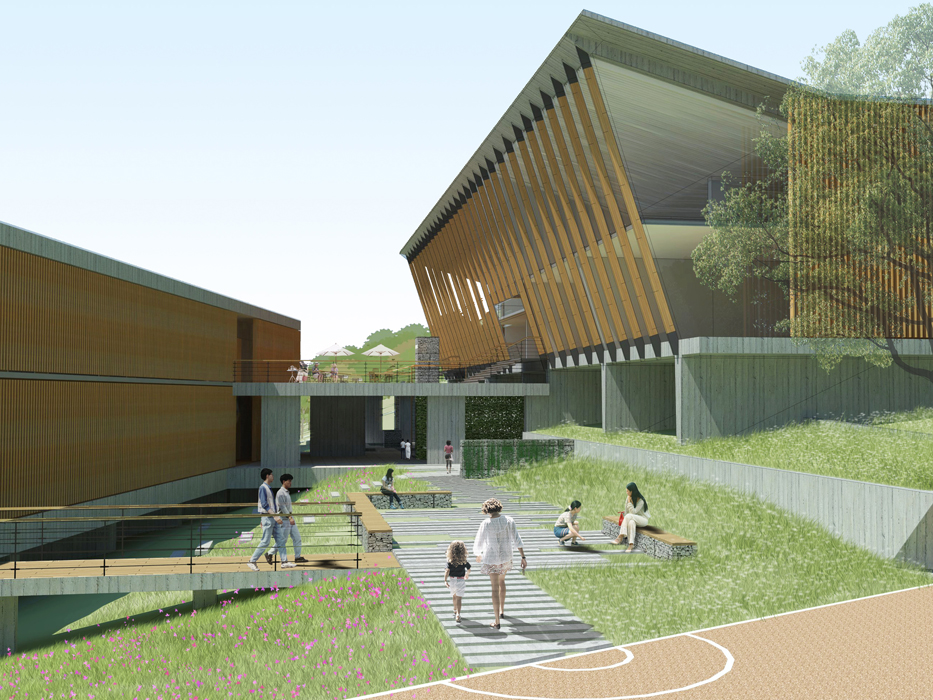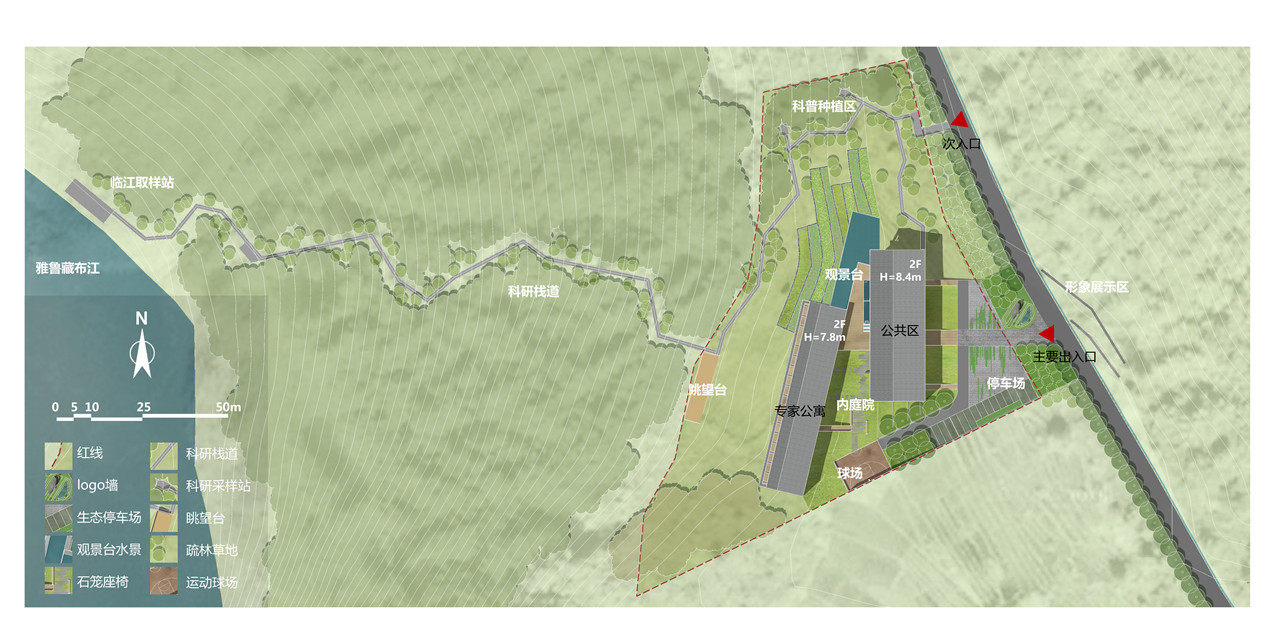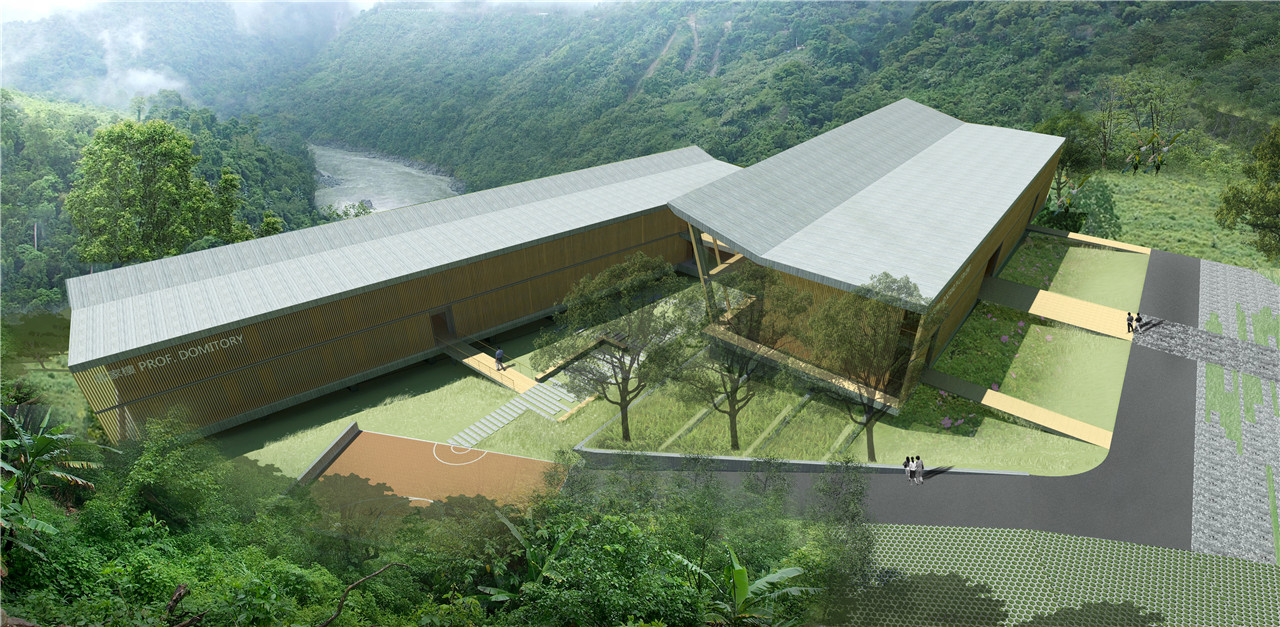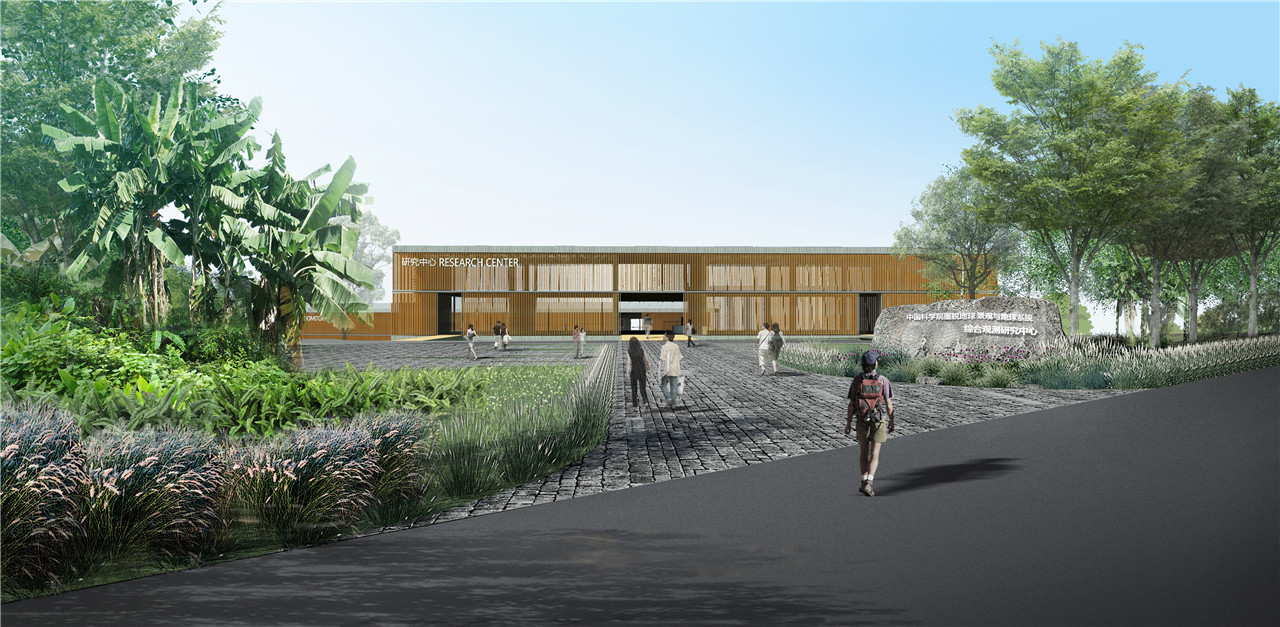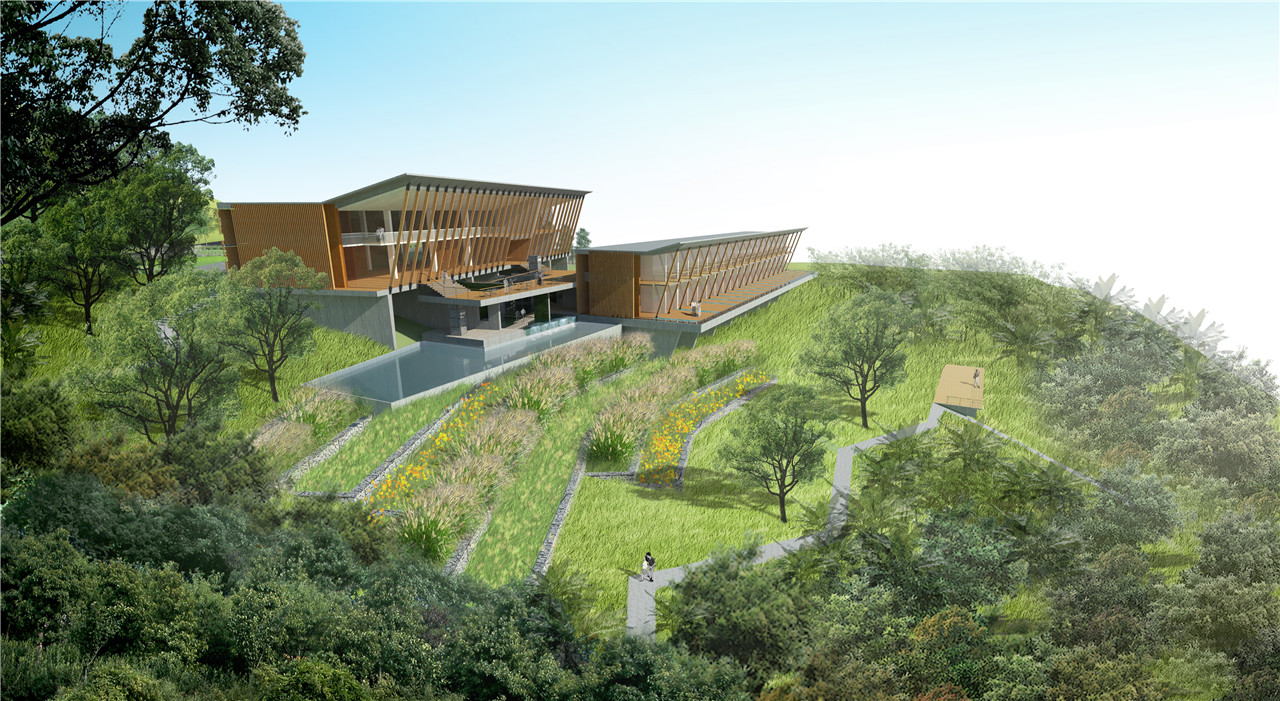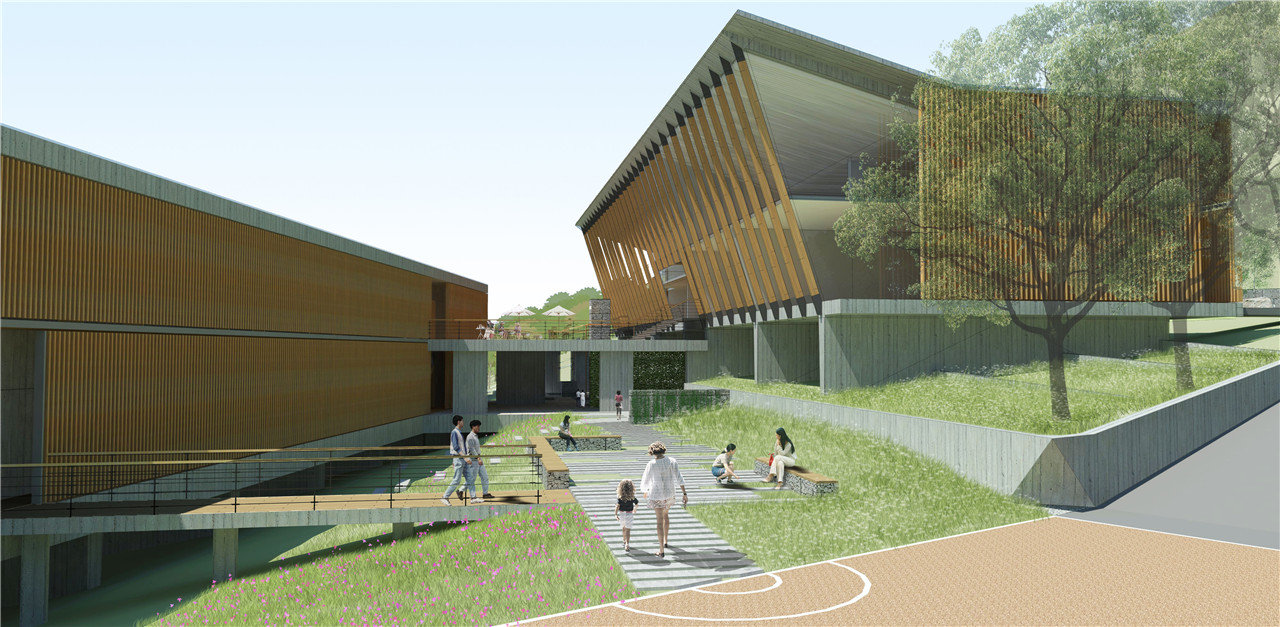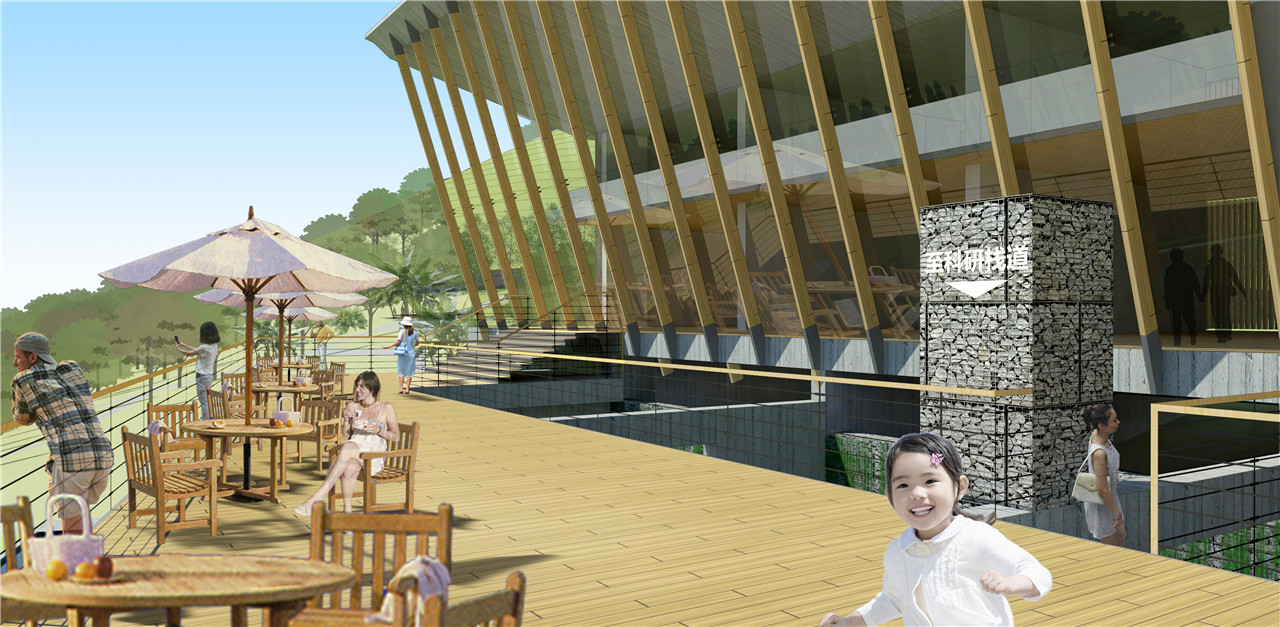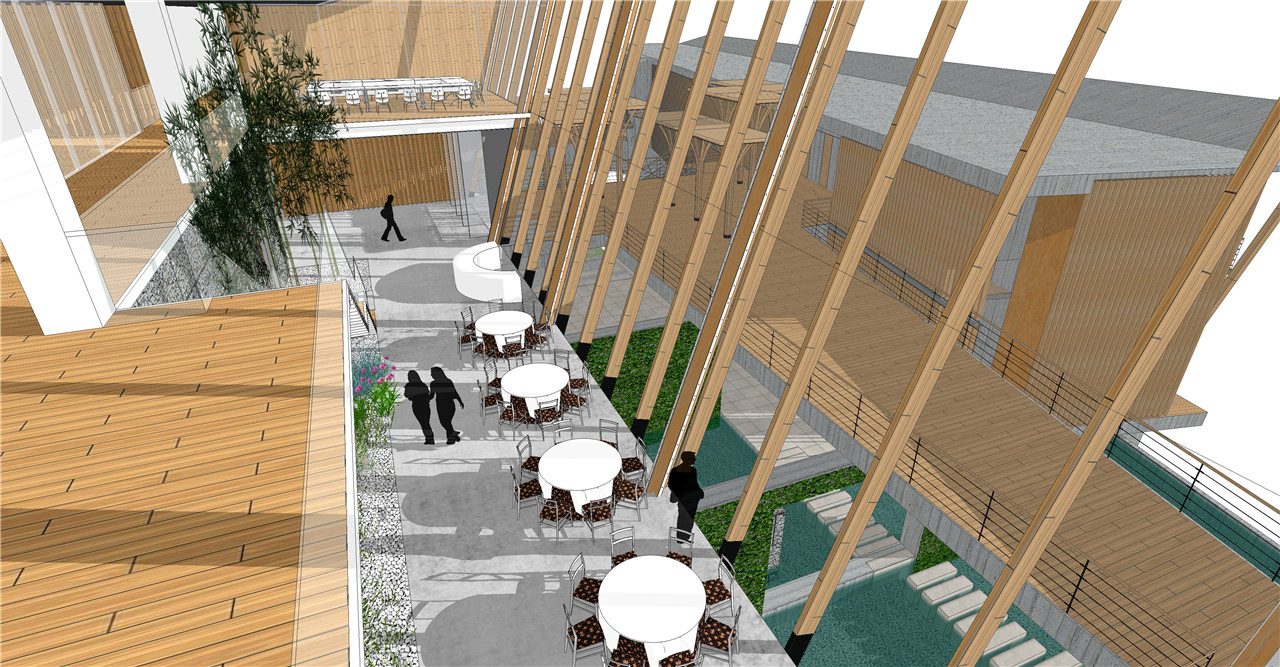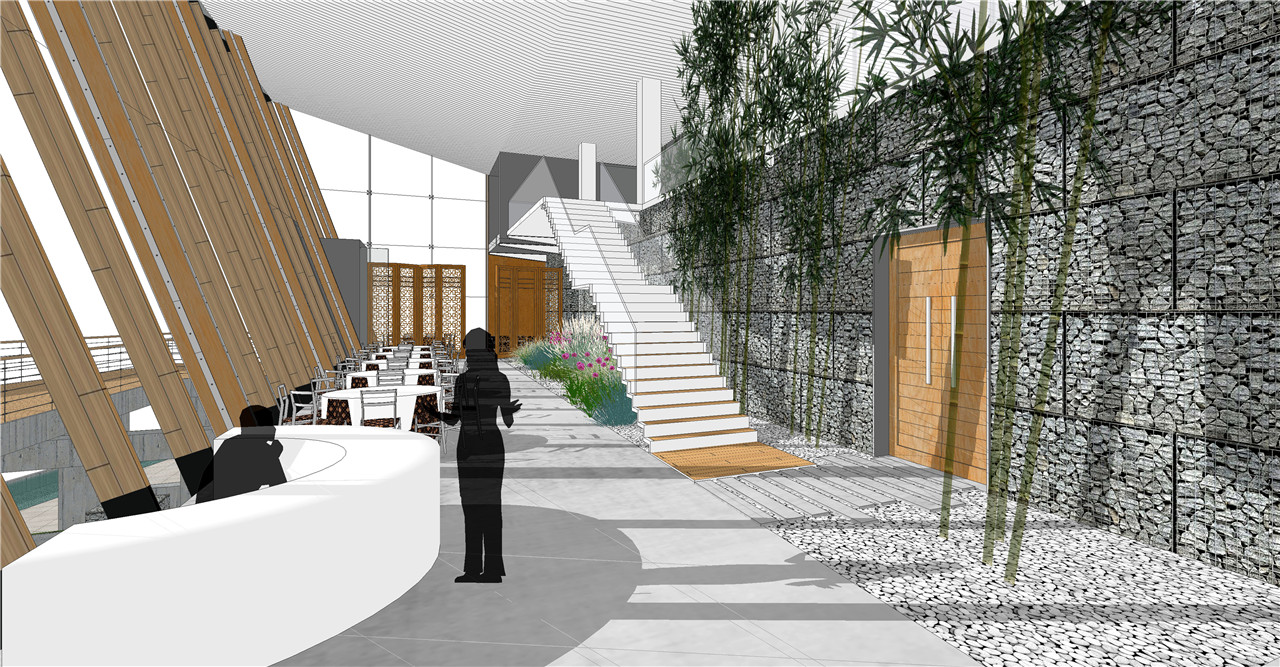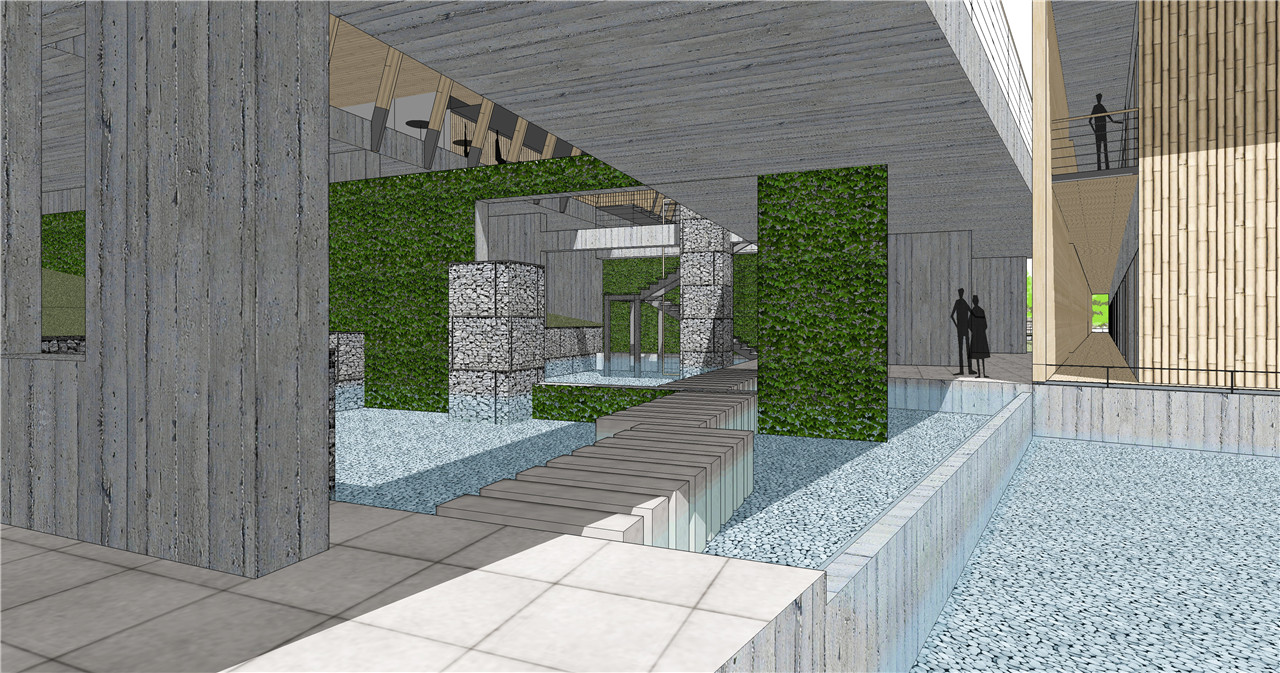Chinese Academy of Sciences Mêdog Observation Station of the Institute of Tibetan Plateau Research
Project Information
- Project Location:
- China linzhi, Xizang
- Design Time:
- August 2016
- Client:
- Chinese Academy of Sciences Institute of Tibetan Plateau Research
Project Profile
1. Project Statement
The Mêdog Observation Station is located in Dexing Village, Mêdog County, Nyingchi City, near the famous Great Bend of the Yarlung Tsangpo River. The project covers 1.3 hectares, with a total building area of 2,630 square meters. Due to the unique site and budget limits, the design focuses on minimal intervention, emphasizing scenic views, safety, and cost-effectiveness.
As an important part of the Institute of Tibetan Plateau Research's field stations, the Mêdog Observation Station is designed to support field research, observation, and experiments. The design blends the buildings with the landscape, using the site's natural resources to create a nature-focused research and visitor area. The station will help gather scientific data, support the development of the "Mêdog Earth Landscape National Park," and serve as a model for ecological protection and disaster prevention in the region.
2. Objective and Challenge
Mêdog County has a subtropical humid climate with over 200 rainy days a year, mainly in June and September. The observation station is on steep slopes, which could lead to landslides and debris flows during heavy rains. Therefore, geological hazards and budget limits are major considerations. The site’s beautiful environment also calls for a design that highlights the natural scenery while keeping the design subtle and unified.
3. Design Strategy
Given the beautiful but challenging site and limited budget, the design follows a principle of minimal intervention, focusing on three main areas:
Minimizing Artificial Design:
The project aims to create scenic viewpoints within the natural environment, with the design being subtle and consistent with the surroundings.
Ensuring Safety Throughout Construction:
The design considers safety by choosing site locations that reduce construction challenges, using durable materials, prefabricating parts to reduce on-site work, and avoiding peak periods for geological hazards.
Balancing Economy and Aesthetics:
To manage costs, the design uses rough terrain handling, minimizes unnecessary features, optimizes vertical layouts to balance earthwork on-site, and uses local materials like bamboo and stone. The design also incorporates local plants and preserves as much existing vegetation as possible.
4. Conclusion
These strategies allow the project to create a nature-focused, mountain-based research and visitor facility while making the most of the site and resources, all within a limited budget.
